Dare County Commissioners Approve Up to $250,000 for Beach Nourishment Study in Avon
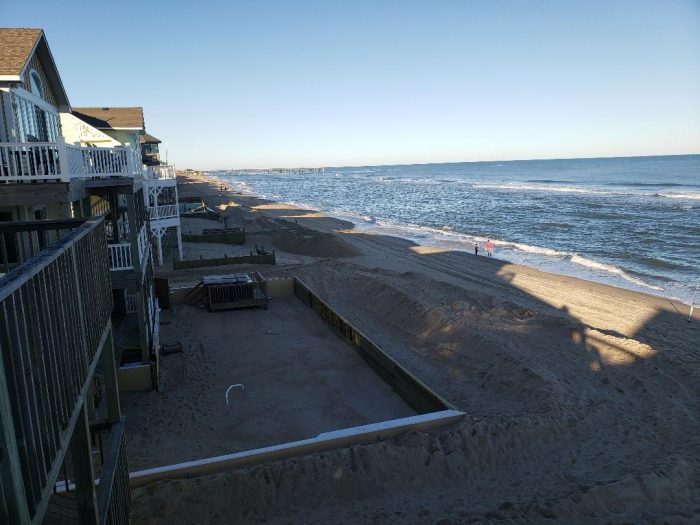
At the end of the Dare County Board of Commissioners (BOC) meeting on November 4, the BOC agreed to allocate up to $250,000 from the Beach Nourishment Fund to pay for an upcoming study to examine the details and costs of initiating a beach nourishment project in Avon.
The allocation for an Avon study stemmed from a similar request for study-related funds from the Town of Southern Shores, which is also considering a beach nourishment project in the not-so-distant future.
“As you know, down in Avon, they’ve been asking us for a long time for some kind of funds to do a study to figure out what it would cost to do a beach nourishment project,” said County Manager Bobby Outten at the BOC meeting. “We said we didn’t want to do that just yet, because we didn’t know when or if we would have money to do a project.”
“[But] Southern Shores is moving forward in earnest… So at some point, we have to figure out what we can do, and when we can do it – for either or both entities,” added Outten.
Both Hatteras Island County Commissioner Danny Couch and Pat Weston, manager-president of the Kinnakeet Shores Homeowners Association, confirm that a potential beach nourishment project has been discussed for a long time.
“We have an Avon Task Force, and we have been working on this for 3-4 years,” said Weston. “We have been meeting with a couple of the [Dare County] commissioners, a representative or two from the park service, and we have also met with five members of the U.S. Army Corps of Engineers, and Senator Burr’s office.”
“Money has been appropriated for a study, and we were very excited to hear that,” said Weston. “But just because they have appropriated that money, that does not mean Avon will get beach nourishment. This is only a study.”
The study would target the general Ocean View Drive area of Avon, which is an approximate 2-mile stretch of the village that has been subjected to regular ocean overwash during recent nor’easters and storms. When these storms occur, overwash pours onto Ocean View Drive and then inundates N.C. Highway 12 with saltwater, which is just a couple of lots away from the neighboring oceanfront beaches.
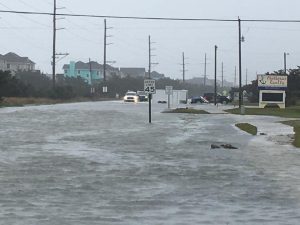
During the most recent nor’easter that occurred in mid-November, N.C. Highway 12 was repeatedly flooded during multiple high tide cycles from Saturday morning until Monday night.
Advocates hope that beach nourishment – or the process of pumping sand onto an eroding shoreline to widen the existing beach – could be a possible solution to this regular erosion and flooding. A beach nourishment project was recently completed in Buxton in February of 2018, when 2.6 million cubic yards of sand was deposited on a 2.9-mile stretch of Buxton shoreline.
But all parties involved in the process confirm that there are a number of unknowns for a potential Avon project, which includes funding.
The county provides funding for beach nourishment projects through the Beach Nourishment Fund. A portion of the 6% Dare County Occupancy Tax, (which derives from visitor accommodations), is set aside for the fund annually, and in addition, funds for beach nourishment are also provided by property and municipal service district taxes.
The amount of money in the county’s Beach Nourishment Fund fluctuates based on current projects and visitor numbers, and with no beach nourishment projects currently slated for 2020, it was an opportune time to dip into the fund to pay for the two upcoming Avon and Southern Shores studies.
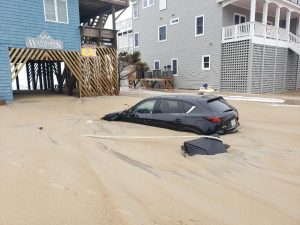
“The bottom line is that we didn’t know when this started [years ago] if we would have enough money to do a project in Avon,” said County Commissioner Danny Couch. “It’s a tenuous relationship with that Beach Nourishment Fund. But now, the economy is strong, and we had a good 2018, so there’s a little bit of leeway in the fund right now.”
Funds may be available for the upcoming study, (which based on past studies will likely cost well below the $250,000 allotted), but paying for the project itself could present a number of challenges.
“The cost of beach nourishment is essentially $10 million per mile, and if Avon is done fully, we are looking at a $20 million dollar project,” said Couch. “My concern is the ability of Avon to pay their share. You have to have a contribution from the community – in Buxton, it was from the triangle [of property owners] from Old Lighthouse Road to the oceanfront residences.”
“Avon is a smaller population,” added Couch. “My concern at this early point is to what extent the tax base here in Avon can make a contribution. We know they can contribute in Southern Shores, because of the permanent year-round tax base they can draw on… [but] that’s a sizeable contribution for unincorporated Dare County.”
“If we can do both, wonderful. My paranoia is the ability of Southern Shores to aid the process financially, and what we will be able to do close to home.”

Outten confirmed that while the study will present a clearer picture, “where we are now is determining how much there is to do a project, and how Avon and Southern Shores could help fund that project.”
The study, which has not yet been scheduled, will provide a little more info on what to expect in terms of costs and feasibility.
“Typically, the scope of the study is the length and depth of the project, how much beach to put [in that area], if they want to do a berm… it basically provides a multitude of information,” said Dare County Commissioner Chairman Bob Woodard. “Right now, we are uncertain if we could do one project, two projects, or both, and both Avon and Southern Shores are aware of that uncertainty. The study and estimates will give us quite a lot of data to go on to as we go forward.”
The approval of the study is a small step in a potentially long process, where there is not a guarantee that a beach nourishment project will eventually occur. Southern Shores may have a better ability to help fund their town’s beach nourishment project in the future, however, Avon’s flooding regularly affects access to the southern half of Hatteras Island.
“Even though both projects are critical, there’s a lot at stake here in Avon, which is the protection of Highway 12,” said Couch.
“It’s certainly a big priority for our citizens down there,” said Woodard. “There are tough questions ahead, and the Board is going to have to look very closely at that.”
Still, Avon Task Force members are happy that there’s a least a step forward in a potential solution, despite the fact that many questions remain.
“We’re kind of in shock because we didn’t know at the time that they put us in the mix [for the study],” said Pat Weston. “We hope it leads to good things for Avon, and especially for those folks along N.C. Highway 12… On Hatteras Island, it’s one way in, and one way out.”
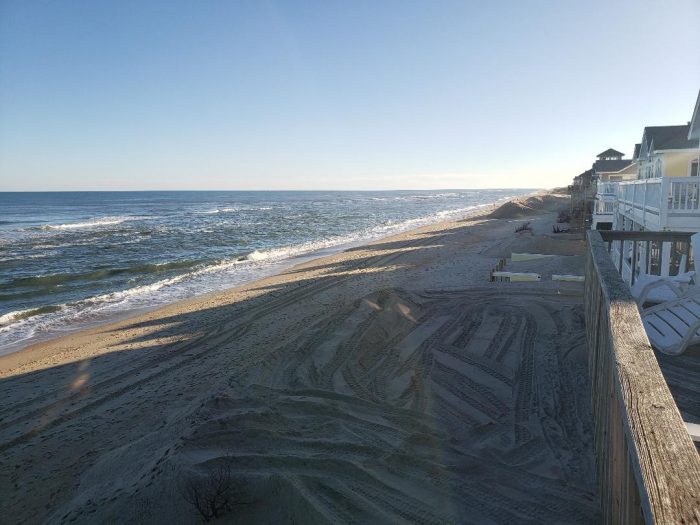




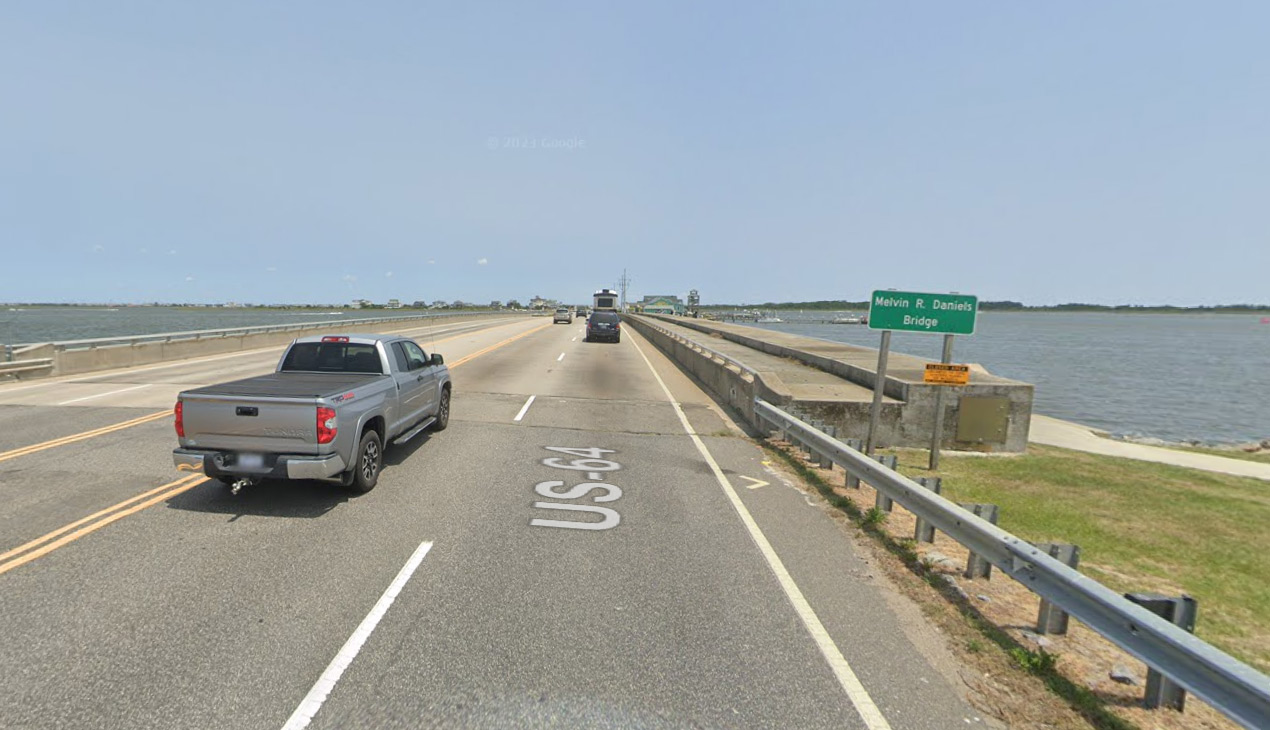
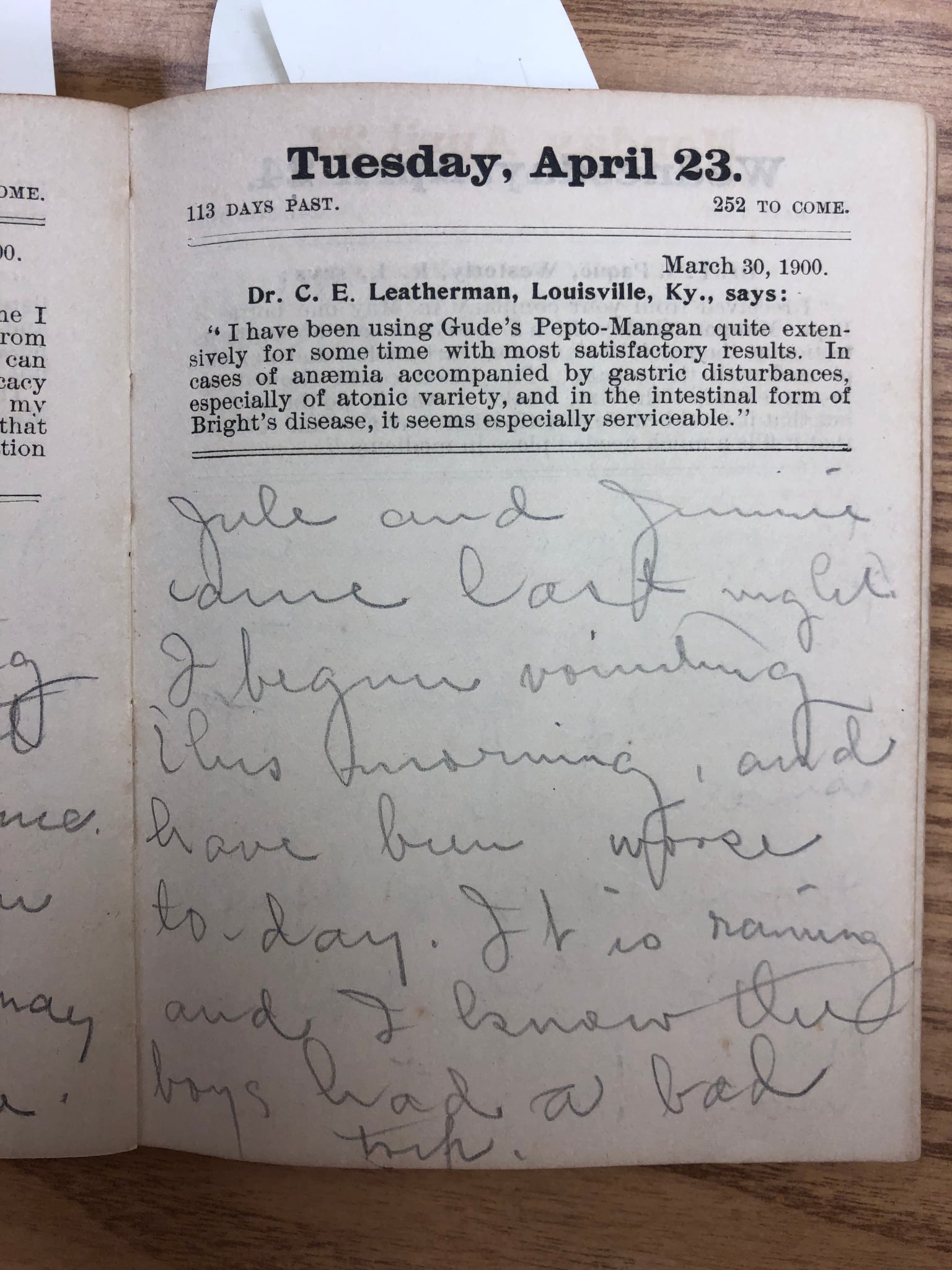

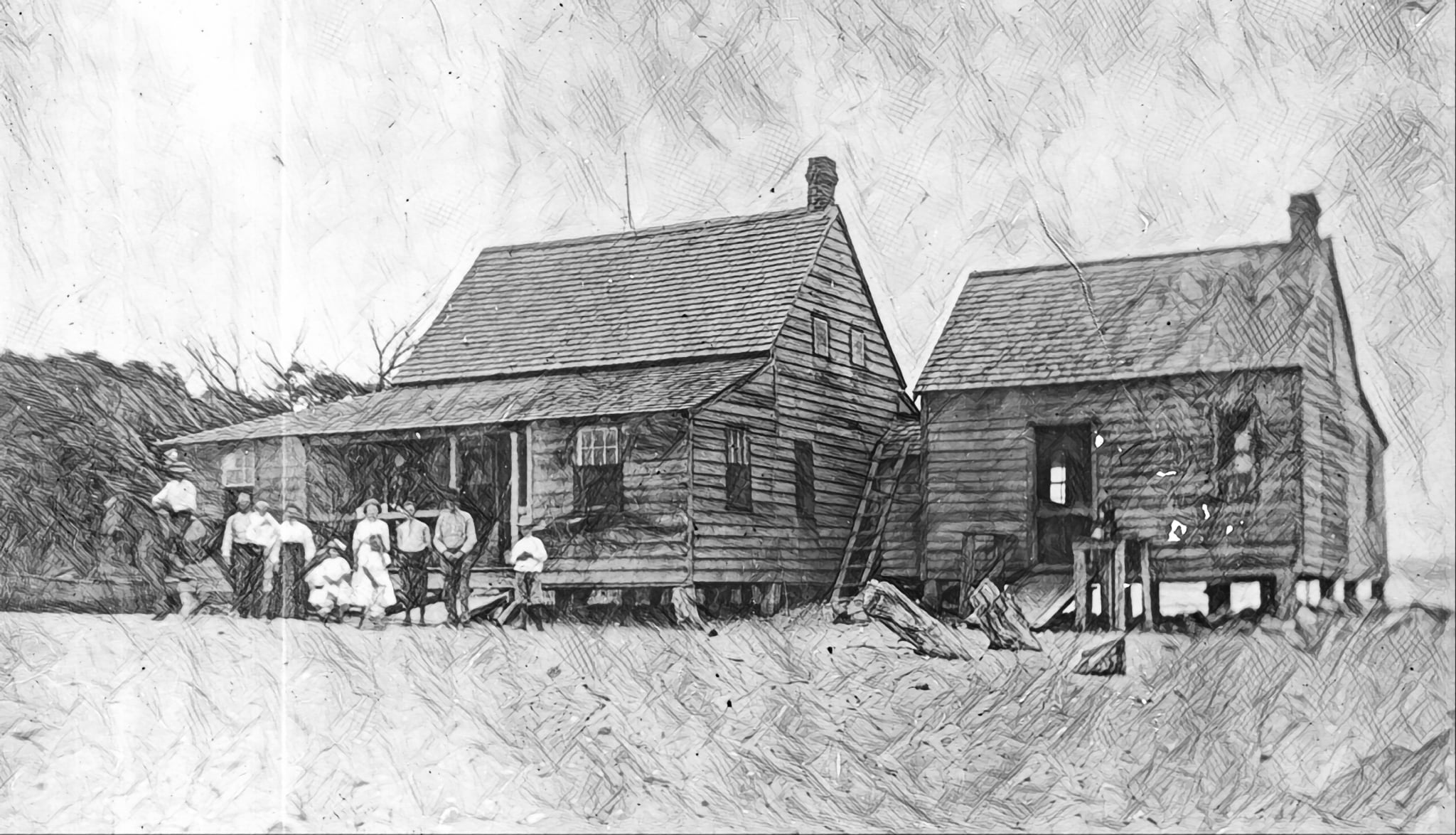


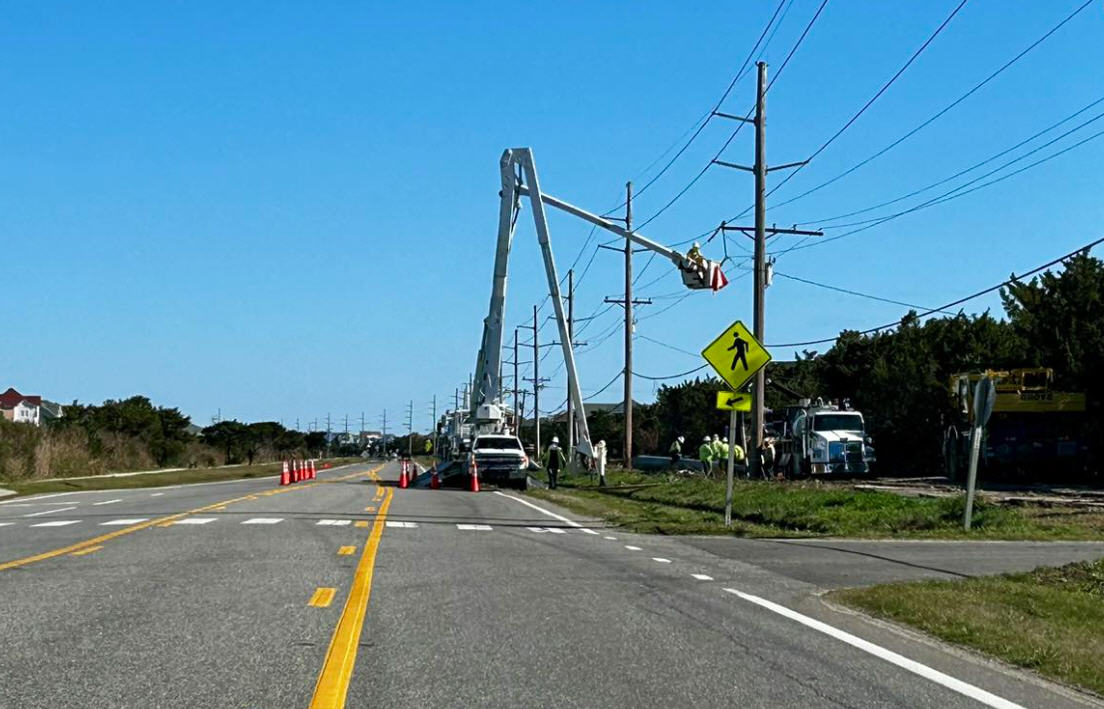
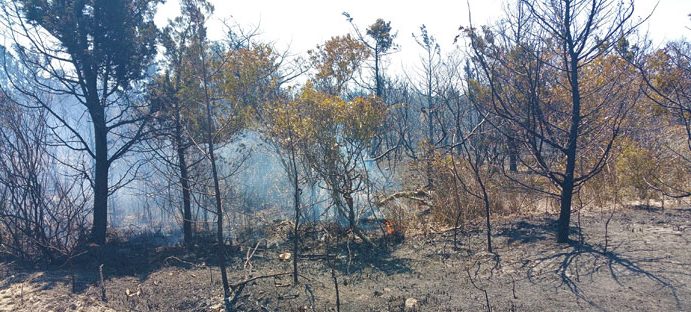


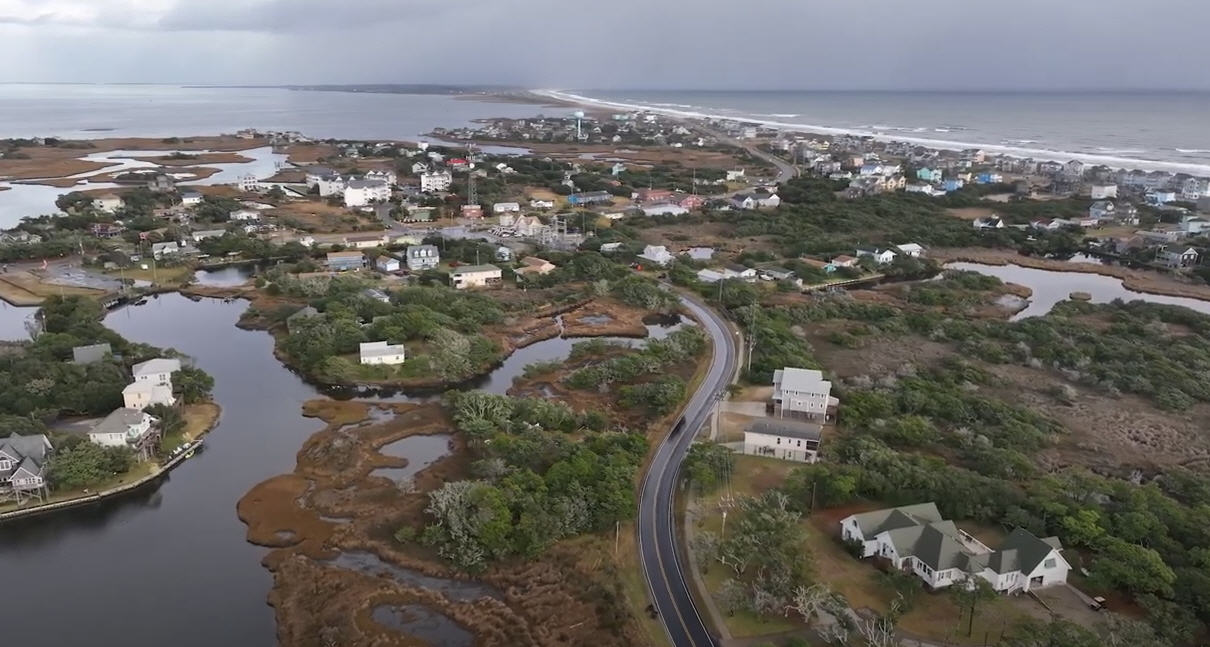
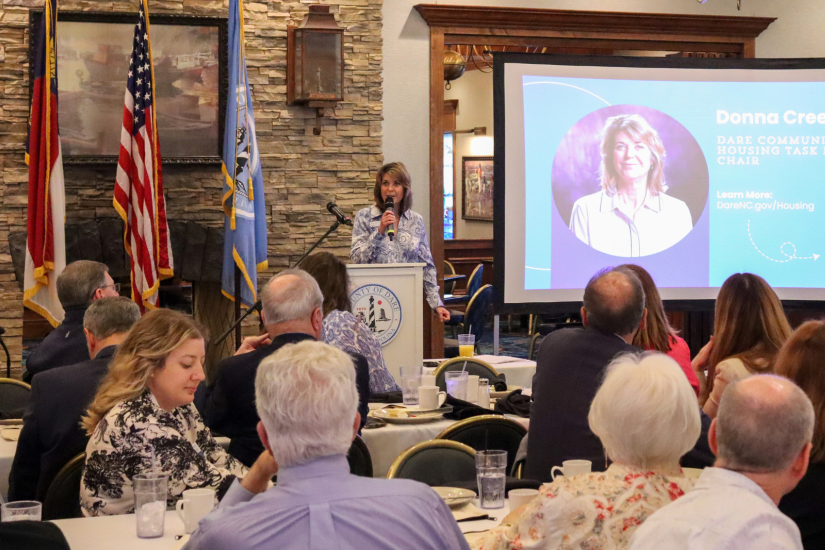

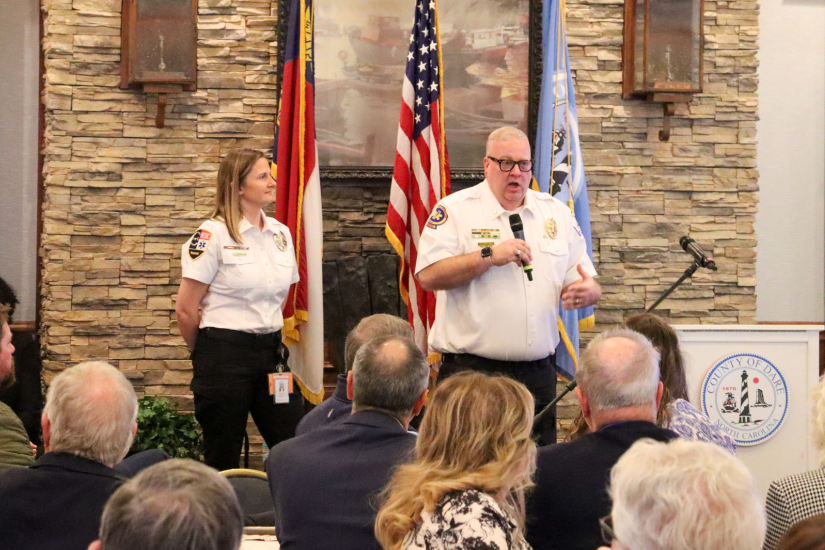
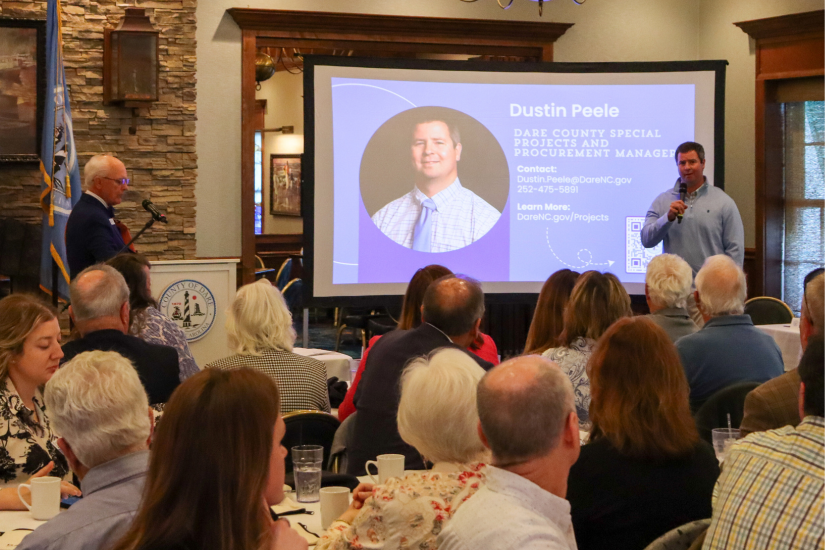

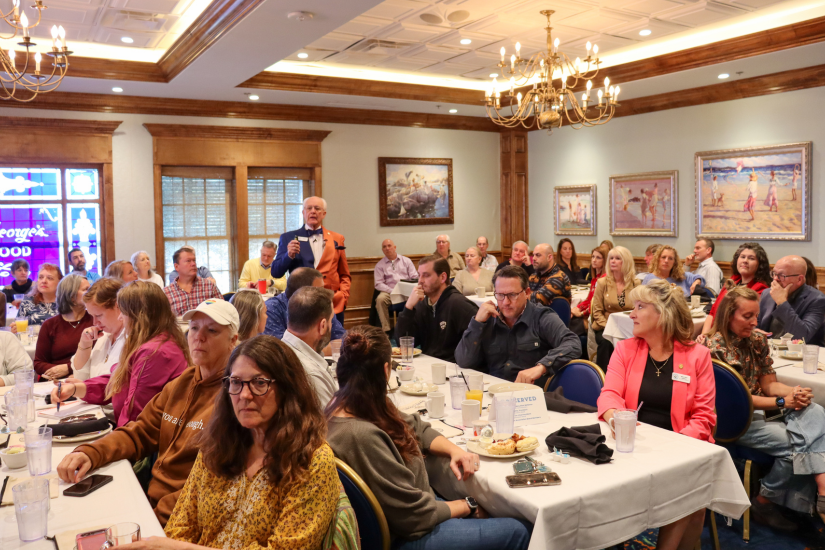


The beaches and beach houses in Dare County are one of, if not the main, recreational areas in North Carolina, enjoyed by people throughout the state. It seems that the state easily could afford the $20 million for Avon. The new Basnight bridge ($250 million) and the Pea Island causeway ($145 million) cost much more than that. What is the sense of having a bridge and road if many of the places to stay are all eventually destroyed by the ocean. Beach nourishment in Avon would also alleviate the flooding on Hwy 12, so it would certainly make sense to allocate some highway funds to it. This should be a no-brainer for the state. Time for our state reps to start building support and get it done.
@Marv Goosen the concept of its only $20 million is not a reasonable measurement for determining what to do. The bridges are fixed amounts that represent the entire cost less some maintenance that will be microscopic when compared to $20 million for some sand that will wash away at which point another $20 million will be required. It is just throwing money at a problem with no solution other than to keep spending.
As the shoreline continues to retreat, as it has for hundreds of years, you have to let some houses go and regroup. Adding sand to shore up the beach in front of a few houses is not fair to anyone. When you build on the edge you have to expect that it won’t be forever. California has the same problem except theirs are cliffs and they cannot be temporarily fixed.
When the sand dunes were created in the mid-1930’s by the CCC (e.g. Man) the erosion rate started to accelerate. Prior to the dunes ocean over wash was carried to the sound where it accreted. This process maintained the islands width as it continued to move west. It was only when man decided to draw a line in the sand with houses that this became a problem. Incidental flooding related to not having dunes was the impetus for creating them.
Private industry would throw in the towel and cut their losses. On the other hand the government thinks it can fix any problem with other peoples money. The reasonable solution is to let them fall and forget about the little money they were bringing in and move on to more important issues. For a house that brings in $100,000 per year in rentals the net for the government is $12,750 (12.75%) (6.75% sales tax and 6% occupancy tax). Far easier to raise the occupancy 1%, which will generate way more money that would be lost to nourishment.
The flooding on Highway 12 in Avon is a problem, but the area north of Rodanthe to the Oregon Inlet is a way bigger problem. I have always thought a bridge from Stump Point to Salvo would have been a better use of funds.